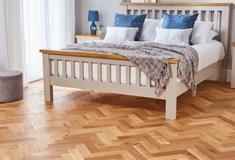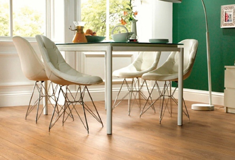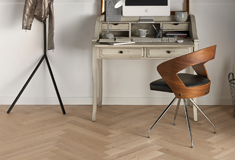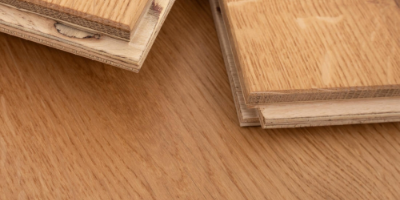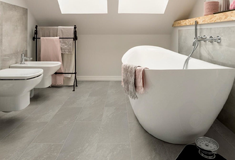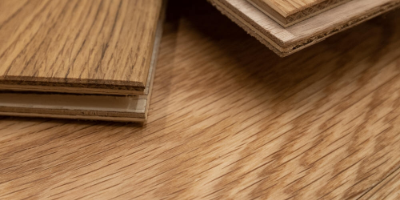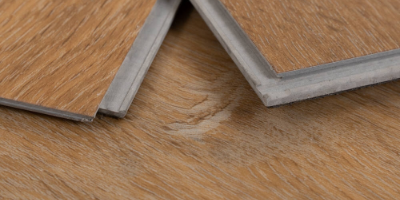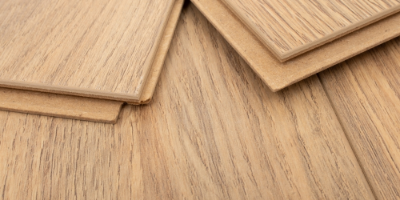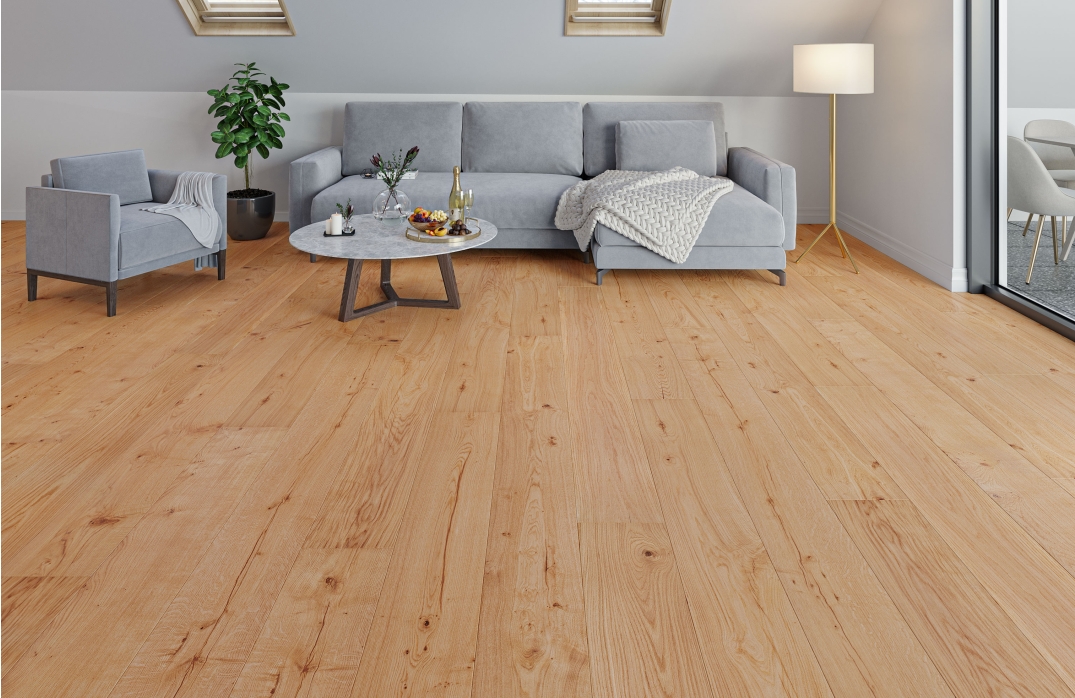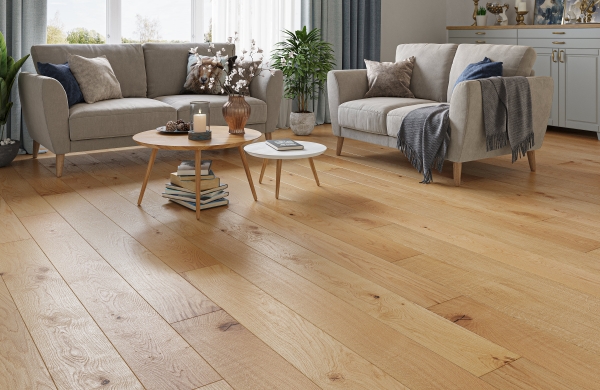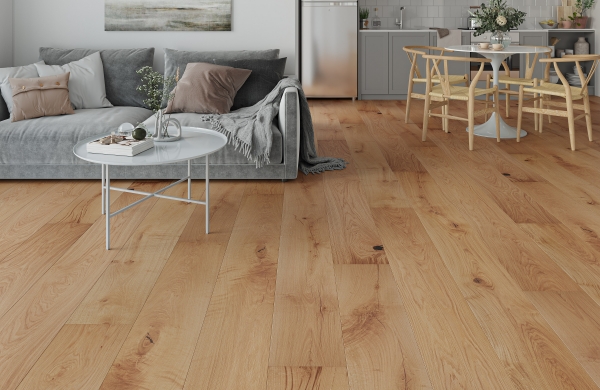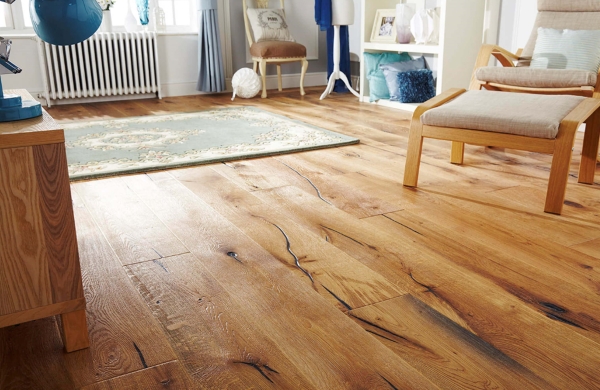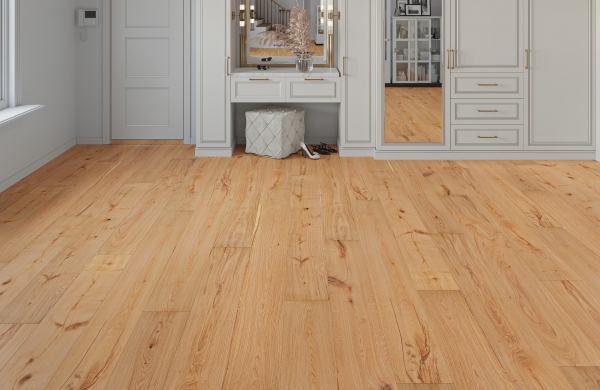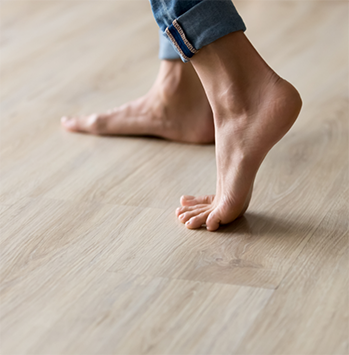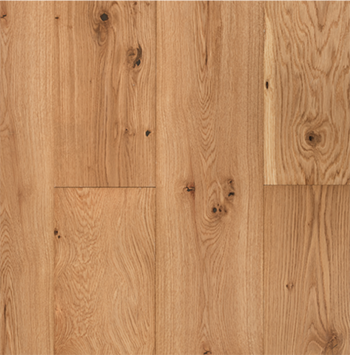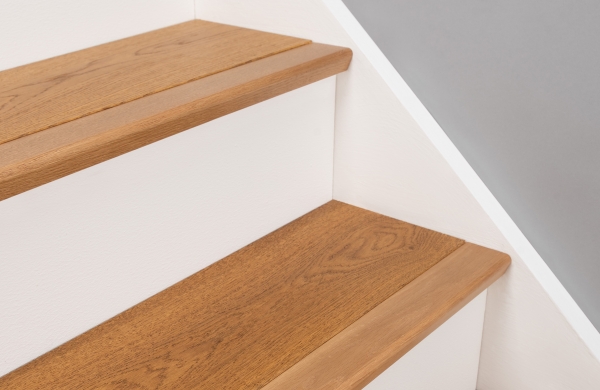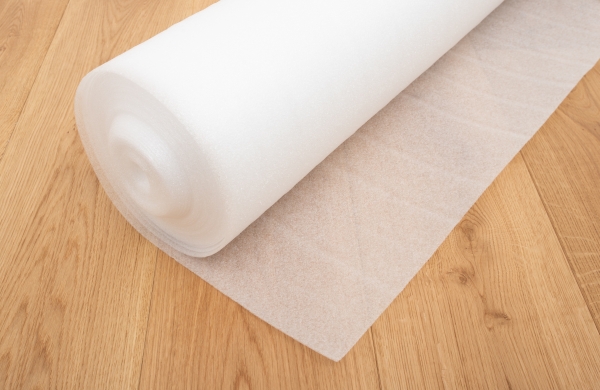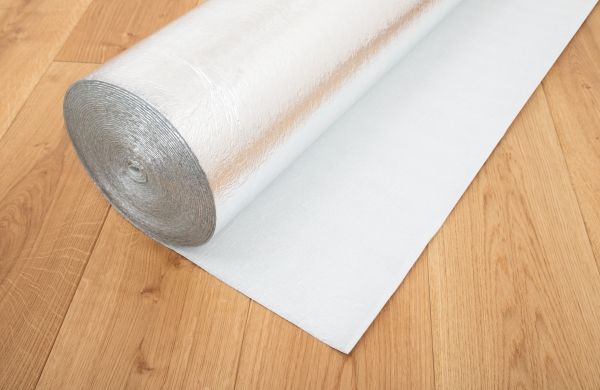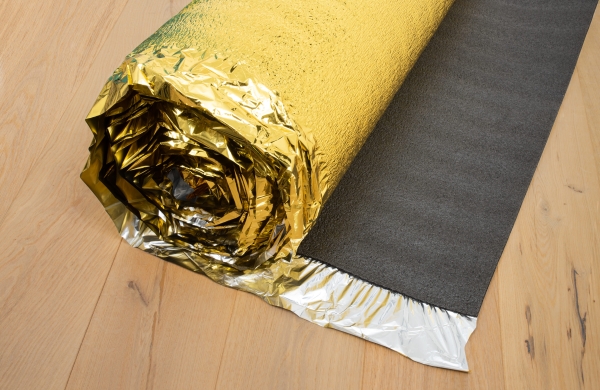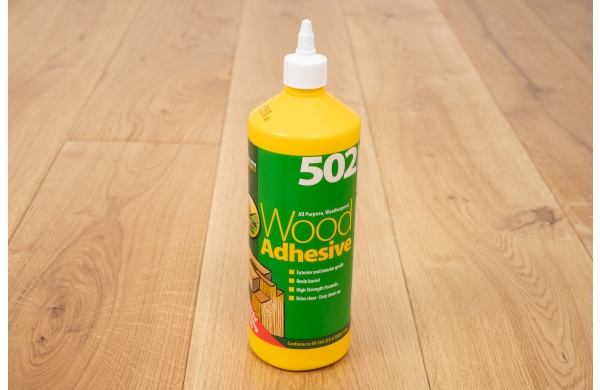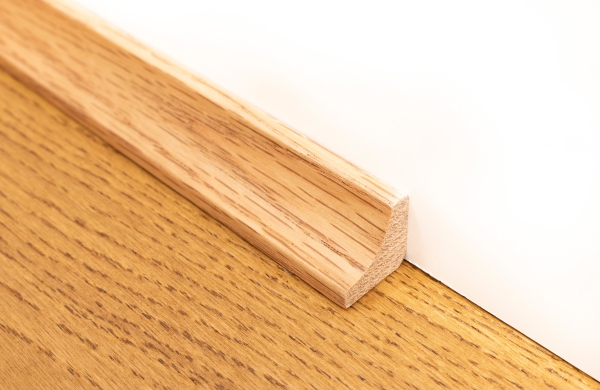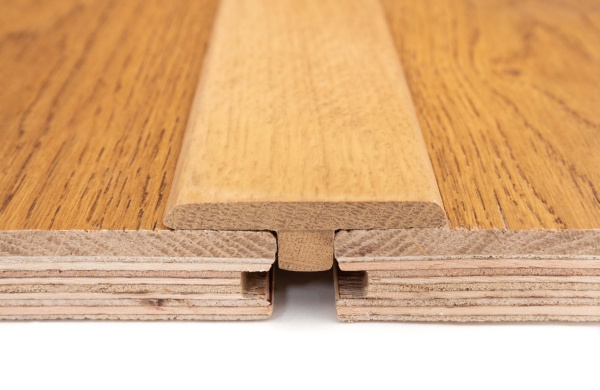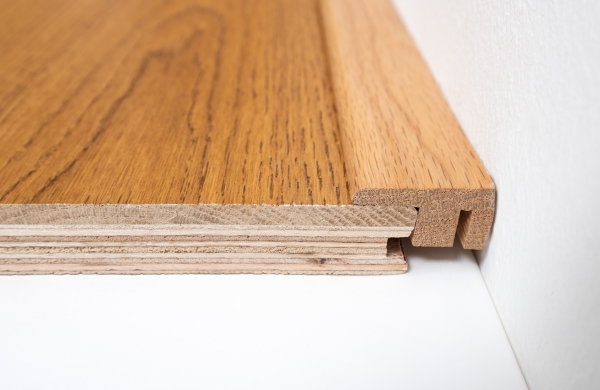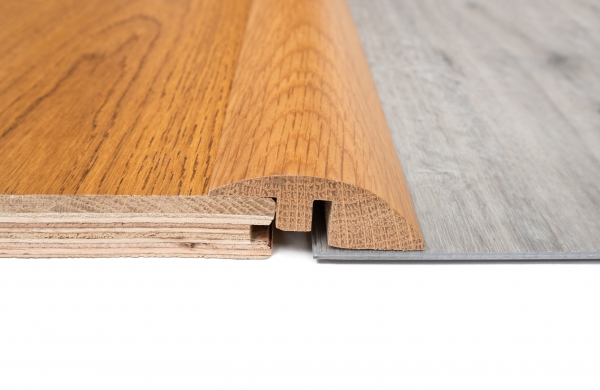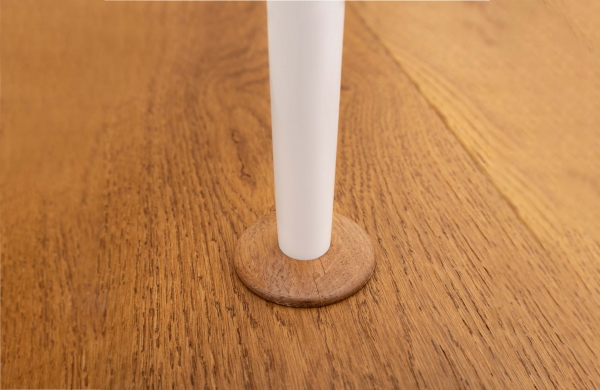The Elgin Flock Oak 240 x 20/6mm Engineered European Oak Wood Flooring is 240m(W)x2200mm(L) and 20mm thick with a 6mm wear layer. The fact we offer a 25 year guarantee with this product truly shows just how much faith we have in its quality and durability.
The micro beveled edges on this flooring add depth and definition, meaning they make a room look larger, but aren’t as extreme as other beveled edges. This means dirt will not collect as much between planks. The fact this floor is oak also adds atmosphere to a room - the grain and knots add elegance, whereas the shade fits in with modern dark and wooden decor.
With an ABC grading, this product has a stunning combination of natural knots, imperfections and variation which gives an unparalleled rustic look to your floor. This grade is often referred to as ‘rustic’ on other supplier’s websites and is seen as the main attraction when purchasing natural products.
The planks are engineered, meaning they have greater stability than solid wood and can handle humidity changes better, but look just the same. This makes them suitable for underfloor heating, and more resistant to warping or shrinkage in such conditions - so are bathroom and kitchen friendly too! They will also last longer than solid wood in rooms with lots of natural light, due to the temperature changes this brings.
This floor should be installed using one of two techniques. Option one would be to secret nail the tongue part of the plank into a wooden subfloor. Option two would be to stick the timber directly onto the subfloor with use of flooring adhesive. Please see the full, downloadable installation guide in the installation tab above for more information.





